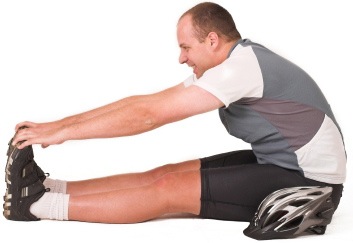Does Stretching Prevent Delayed-Onset Muscle Soreness?
A frequent question I receive in my inbox is why I don’t include stretching in my article with 5 Simple Tips for a Better Recovery. Here is one of the emails I have received recently: “I have got my personal experience over 20 years that clearly shows that I recover far quicker when I stretch […]
Does Stretching Prevent Delayed-Onset Muscle Soreness? Read More »

